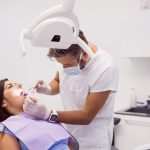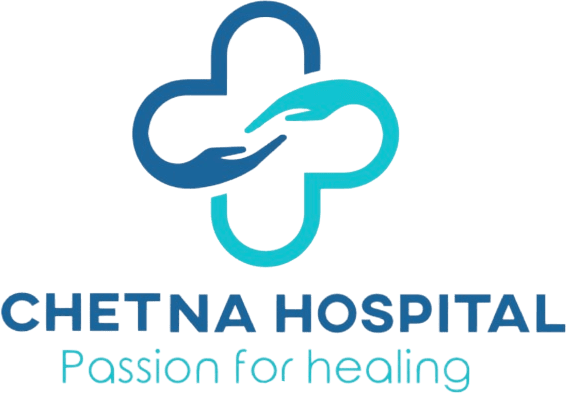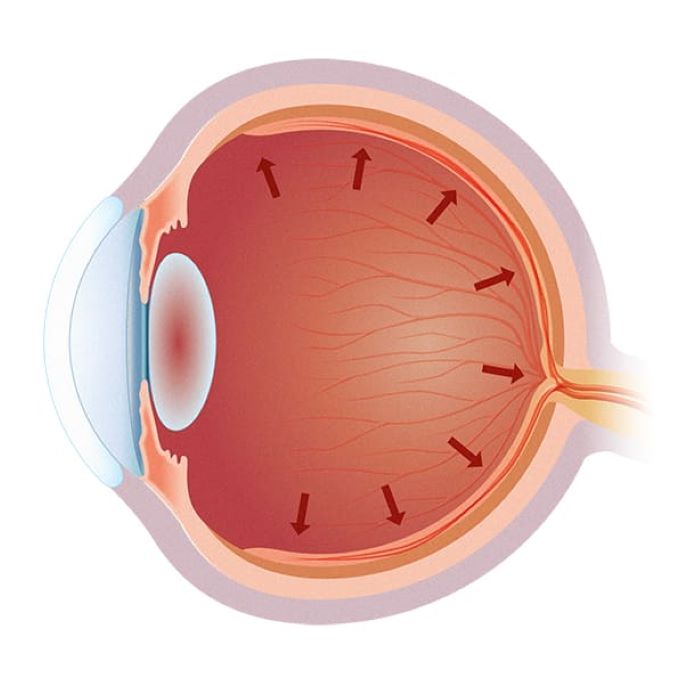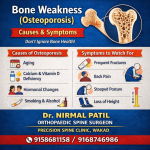Your eyes may feel perfectly normal. There’s no redness, no pain, and your vision might be clear. But silently, pressure could be building inside your eyes—putting your vision at risk. This condition is known as ocular hypertension, and it is a major risk factor for developing glaucoma, one of the leading causes of irreversible blindness worldwide.
Let’s understand what ocular hypertension is, why it matters, and how you can protect your vision.
What is Ocular Hypertension?
Ocular hypertension occurs when the pressure inside your eye (called intraocular pressure or IOP) is higher than normal. Typically, normal eye pressure ranges from 10 to 21 mmHg. When it rises above 21 mmHg—without any signs of optic nerve damage or vision loss—it is called ocular hypertension.
Although ocular hypertension does not cause vision problems initially, it is a red flag. If left untreated, it can slowly damage the optic nerve and develop into glaucoma, often without the patient realizing it.
Why is it Dangerous?
The danger of ocular hypertension lies in its silence. There are no symptoms—no pain, no visual changes, and no discomfort. That’s why it is often referred to as a “silent threat.”
If the elevated pressure damages the optic nerve, it turns into primary open-angle glaucoma, a chronic disease that causes permanent vision loss. Unfortunately, vision lost to glaucoma cannot be restored. Early detection is the only way to stop it in its tracks.
Who is at Risk?
While anyone can develop ocular hypertension, certain people are more prone to it. Risk factors include:
- Age over 40
- Family history of glaucoma
- Diabetes or high blood pressure
- Thin corneas
- Long-term steroid use
- Previous eye injury or surgery
If you fall into any of these categories, regular eye exams are especially important.
How is it Diagnosed?
Ocular hypertension is diagnosed through a comprehensive eye check-up. Key tests include:
- Tonometry: Measures intraocular pressure.
- Pachymetry: Measures corneal thickness.
- Gonioscopy: Examines the drainage angle of the eye.
- Optic nerve imaging or OCT: To ensure there’s no nerve damage.
- Visual field test: Checks for peripheral vision loss.
Can It Be Treated?
Yes. If you’re diagnosed with ocular hypertension, your doctor may:
- Monitor you closely with regular follow-ups.
- Prescribe eye drops to lower eye pressure and reduce the risk of glaucoma.
- Recommend laser treatment in some cases.
The goal is to prevent glaucoma before it starts.
Prevention is Better Than Cure
The only way to catch ocular hypertension early is through regular eye check-ups. Especially if you are above 40 or have any risk factors, make it a point to get your eyes examined annually.
Contact us on 9168690448 / 9158681123
Website – www.chetnahospital.co.in
Address – Chetna Hospital,
Sambhajinagar, MIDC, G Block, Near Rotary Club, Chinchwad 411019
.
.
.
#hospital#pune#pcmc#chinchwad#medical#medicalservices#dryeyetreatment#dryeyerelief#dryeyedisease#dryeyetherapy#catract#catractsurgery#catracteyesurgery#catracteyeoperation#eyedoctor#eye#glaucoma#conjunctivitis#ophthalmologist#eyediseases#eyepain#pinkeye#hazeleyes#myopia#eyeinfection#amblyopia#dryeyesyndrome#eyeproblems#motibindu#motibinduoperation













